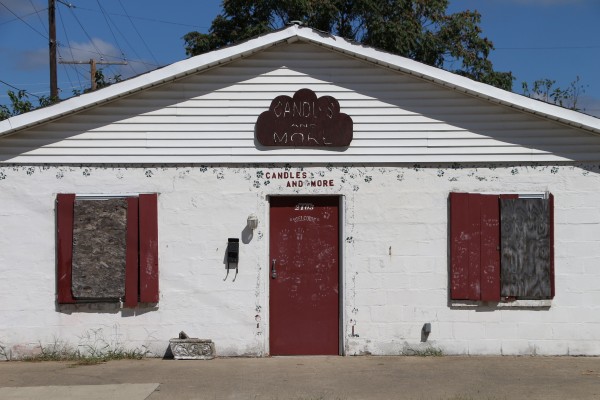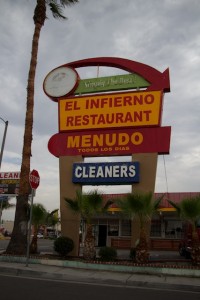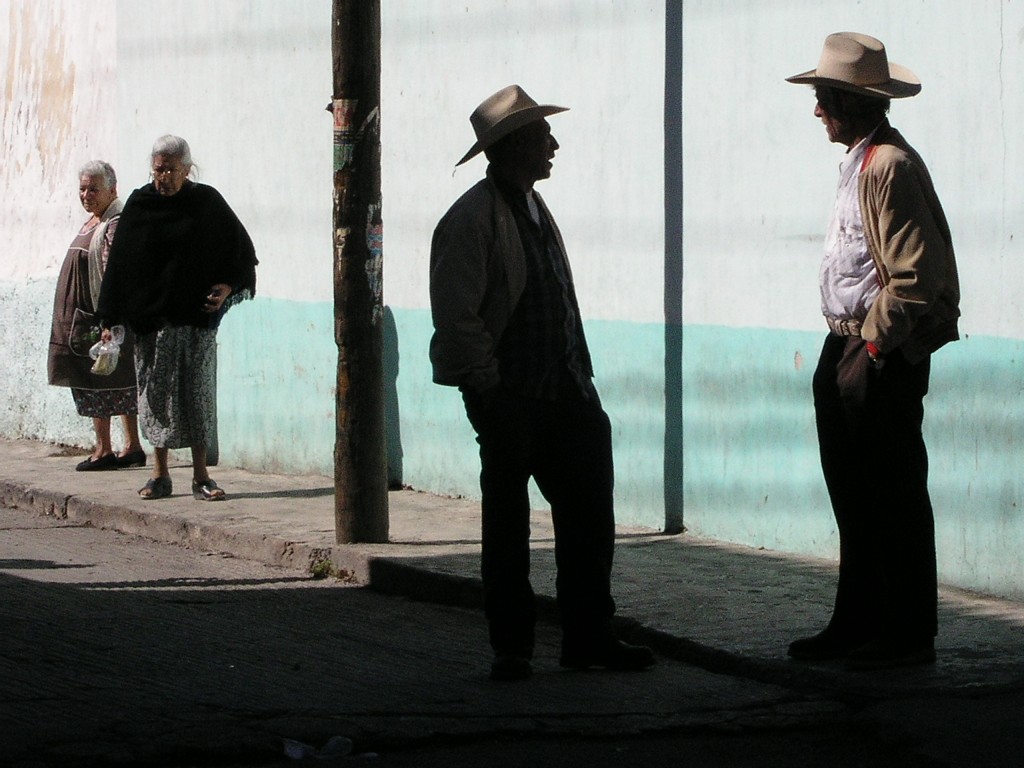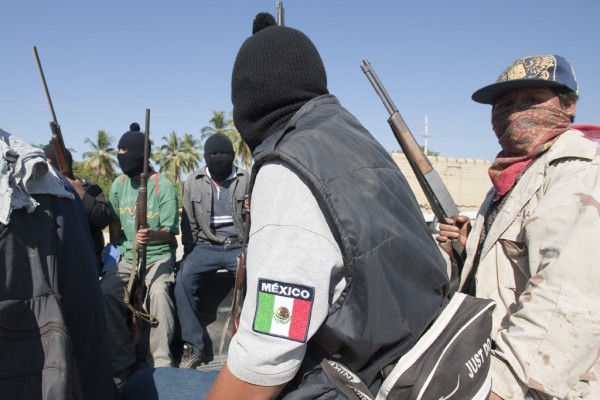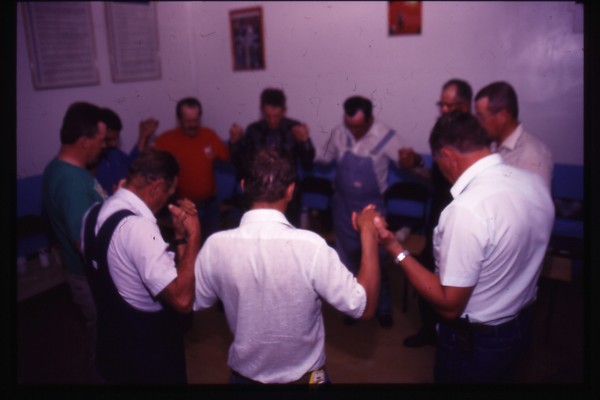I said I’d never been there before I went to Portsmouth, Ohio.
Later, when I thought about it, and saw the video by RWR (Raw Word Revival), I realized I had been to the 7-4-0 many times.
Seems like the 7-4-0 is in the 6-2-0 (southwest Kansas), where the farming towns are empty, streets are vacant, and storefronts are boarded up. I was there several years ago.
One reader said this:
7-4-0 reminds me of my hometown, Elkhart, Indiana (574). Elkhart was built on the pharmaceutical, band instrument, and musical instrument manufacturing industries. Because of the mobile home industry, it tags along with the fortunes of Detroit. Don’t know about heroin, but backpack meth and home meth labs (one blew up across the street from the high school) are everywhere.
I was in Y oungstown — which looked a lot like the 7-4-0, now that I think about it.
oungstown — which looked a lot like the 7-4-0, now that I think about it.
I was in the 7-4-0 in Pecos, Texas, where there aren’t enough food stores of any kind but the fast food variety.
In Huntington, WV (3-0-4), I did a story about the spread of black-tar heroin that had reached the city from one very similar small town in Mexico. More pizza joints in Huntington than there are gyms in all of WV, I’m told.
And having lived in Mexico, I can say that a thousand villages down there are in the 7-4-0, which is why those folks have left en masse, just like so many have left Portsmouth.
I was in the 7-4-0 in Marion, Ohio, where a guy got so upset at the lack of attention to the heroin problem that he put up signs saying, “Heroin is Marion’s Economy.”
And it seems like I’m in the 7-4-0 when I walk the aisles of any Walmart. I always imagine them haunted by ghosts of the storeowners who once sustained small-town America: one aisle by the departed local grocer; down another the former hardware store owner, and next to that, the long-gone woman’s clothier or that pharmacist.
Where have you seen the 7-4-0?
Tell me the story. Leave it in Comments.
And follow me: On Twitter. On Facebook.
My website: www.samquinones.com
_____
More posts from True Tales: A Reporter’s Blog:
T-shirts: What the hell you know about the 740?
Here’s what I know about the 7-4-0
What the hell you know about the 740?

